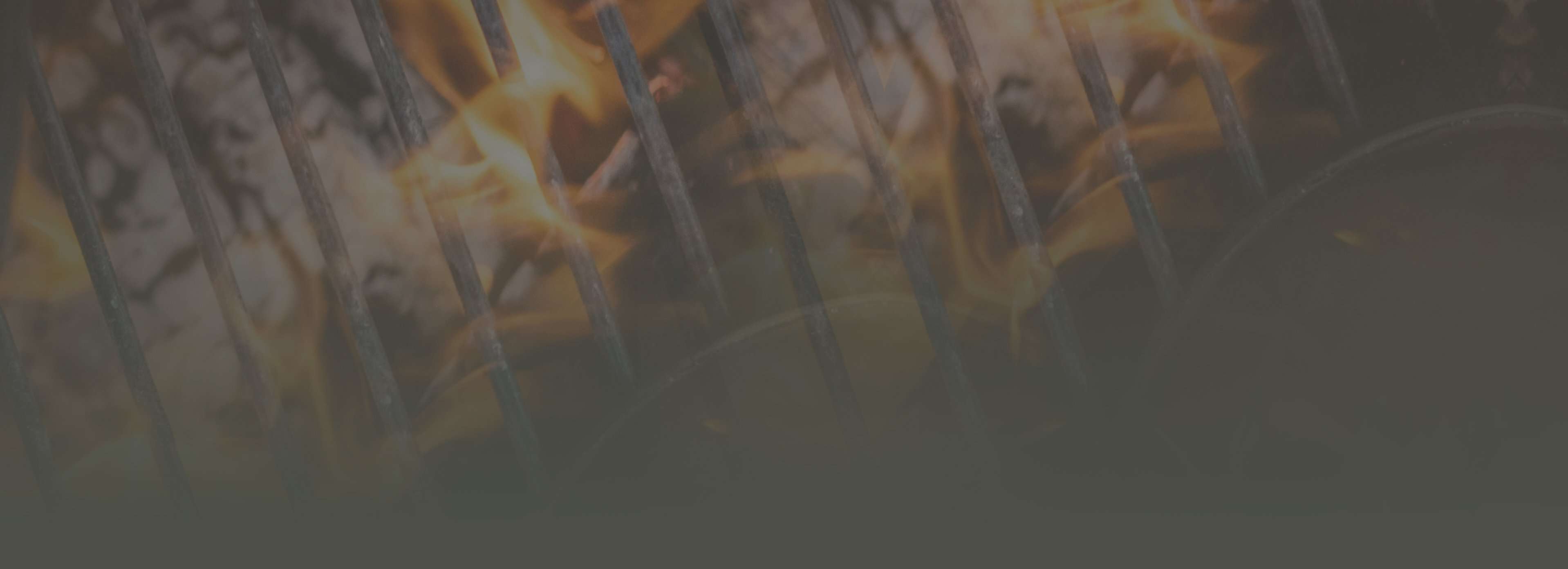How to Quarter a Deer in 7 Steps
How to Quarter a Deer in 7 Steps
Easy, Medium
Difficulty
- With a skinned, hanging deer, begin by removing the front legs at the knee joint. This joint is about the size of a golf ball and fairly obvious. You should be able to feel the center of the joint, where the bones connect, with your fingers. Work around the edge of that with your knife blade, twisting the joint free as you go. With practice, you can remove this leg bone in less than 10 seconds without a saw.
- With the front legs cut loose, remove the shoulders. The shoulder blades are obvious against the deer's chest. Simply slice underneath them, lifting the front leg as you go. There are no heavy bones connecting the front shoulder to the chest.
- Use a sharp knife to cut away the backstraps. These lay on either side of the spine. Using the vertebrae as your reference, slice from the top of the hips clear down through the neck, as you can retrieve the neck meat during this step as well. Grab a hunk of backstrap just below the hip and make a cross-cut across the steak, down to the flank muscle. A backstrap on an average, 100-pound doe will be a little bigger around than a soup can. Begin pulling the muscle and carefully parting it away from the rib cage with your knife blade.
- Once the backstraps are removed, slice away the two inside tenderloins from within the deer's rib cage. These also lay against the spine, just below the hips.
- Sharpen and clean your knife, or exchange it for a new one if needed. The hams are thick, but easily sliced away from the deer's body, using the pelvis for a guide. They're held into place at the hips by a single ball-and-socket joint that's easy to find. Be sure to have a buddy hold the other side of the gambrel for this step, as the ham will pop loose from the deer easier than you might expect. Repeat on the other side.
- Place the hams on a clean surface to remove the hind legs either at the upper knee or just below the shank muscle (I prefer to bone out the shank muscle and remove the leg at the knee, mainly to save on cooler space). This joint is probably the most difficult of them all to locate, but it's constructed the same way. Take your time to learn where it is, and you'll never need a bone saw.
- With your primary quarters on ice, use a fillet knife to bone out rib meat, flanks, etc. Speaking truthfully, this stuff is difficult to salvage for much of anything beyond burger, and you won't get much out of it for that. A deer is not a cow, simple as that. Your primary, useable cuts of meat should include: 2 shoulders, 2 hams, 2 backstraps, 2 slabs of neck meat and 2 tenderloins.







